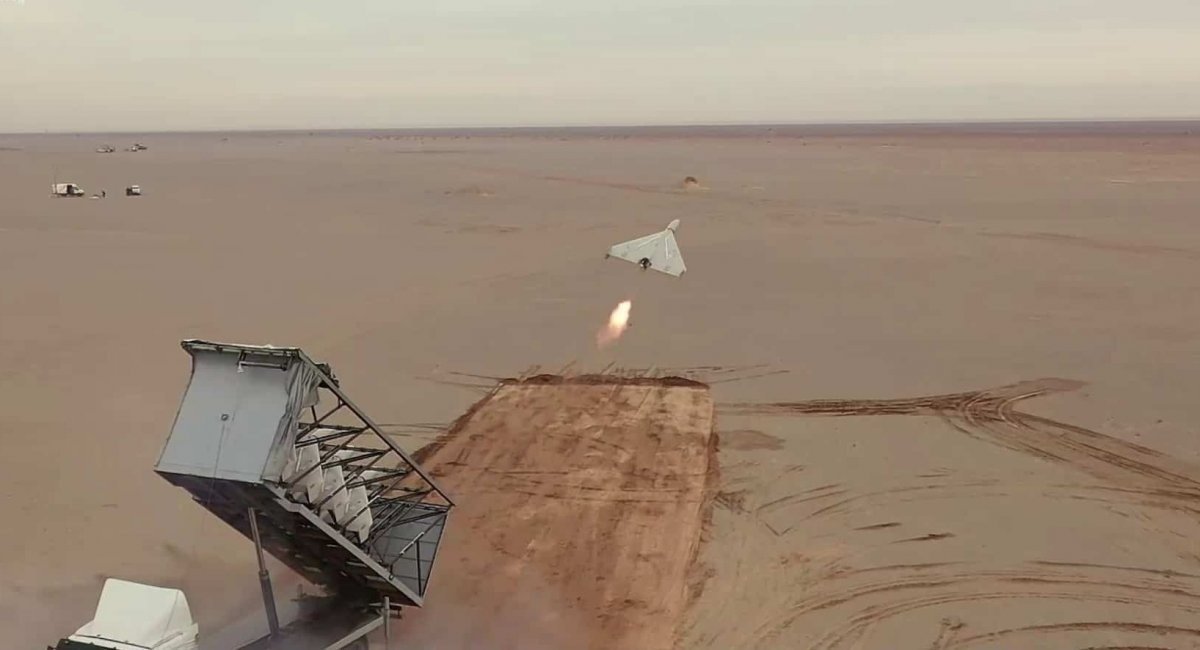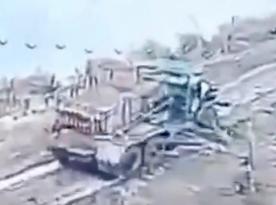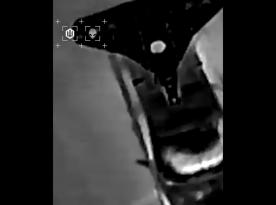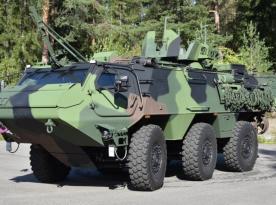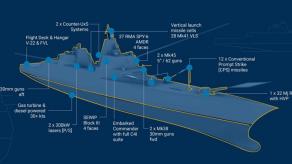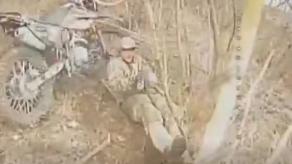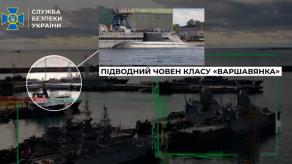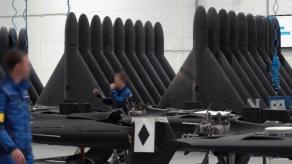According to Defense Express, russian occupiers have started using domestically produced Shahed-136 drones for strikes on Ukrainian territory. The origin of these drones can be indicated by the presence of Soviet or russian-made warheads found on them. The experts suggest that the warheads used may be standard ones produced in the Soviet Union or russia, potentially used for anti-tank or anti-aircraft missiles, or other types of weaponry.
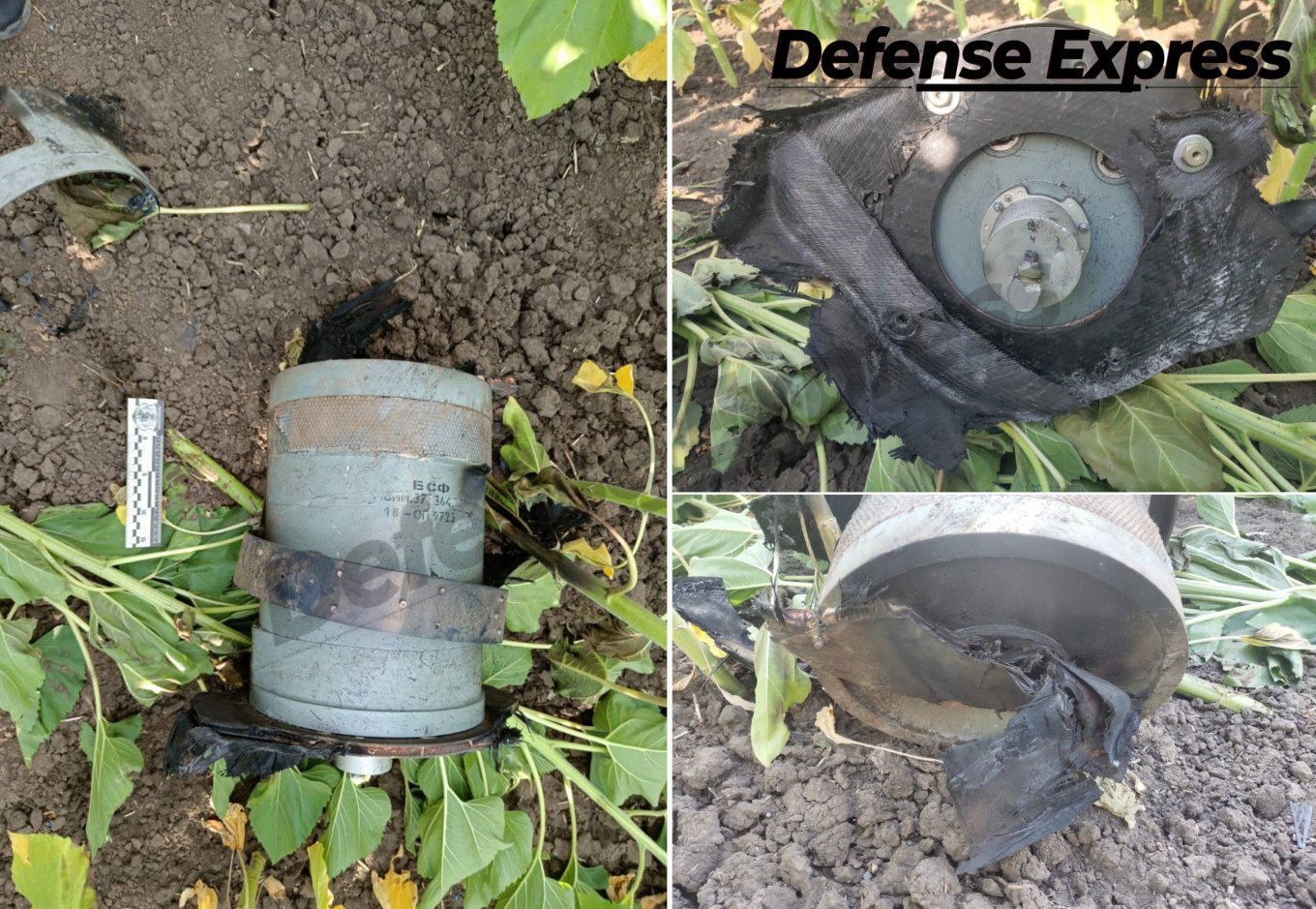
It is worth noting that the explosive charge of these warheads produces a significantly louder explosion compared to the Iranian-made warheads found on Shahed drones. To illustrate this, a comparison can be made between the described and depicted warheads found on russian-made Shahed drones and those discovered on Iranian-made Shahed-136/131 drones in February 2023.
Read more: The russians Used Dozens of Shahed Striking Drones Against Ukraine Overnight, Most of Them Were Destroyed by Air Defense
During their research, the Conflict Armament Research (CAR) group examined the warhead of the Shahed-136 kamikaze drone, which featured a 7mm thick cone-shaped casing. The functioning principle of this warhead appears to involve penetrating the walls of a building before triggering the explosion.
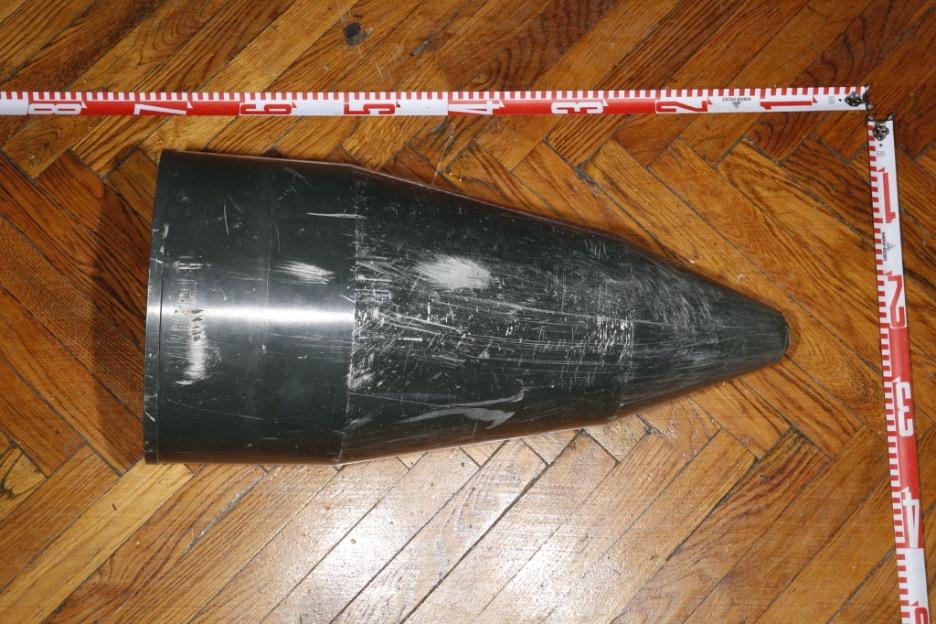
CAR experts also presented their findings on the cumulative warhead of the Shahed-131 kamikaze drone, specifically designed to inflict maximum damage on Ukrainian energy infrastructure. The core of the warhead was a cumulative charge, surrounded by 18 smaller cumulative warheads, designed to create a secondary effect after detonation. The warhead itself was cylindrical, approximately 50cm in length and 13cm in width, with separate chambers for the detonator and fuse.
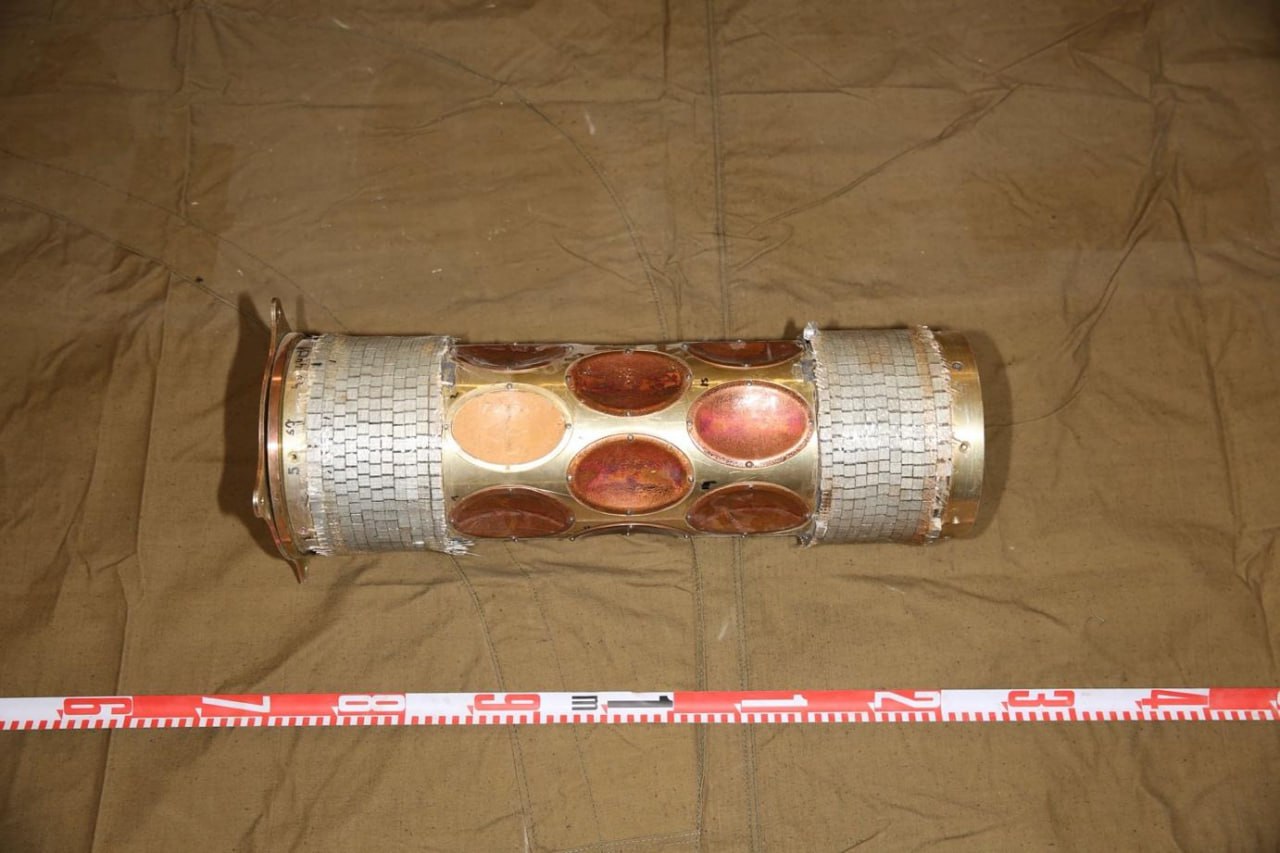
Additionally, the warhead contained two 11-layer cube-shaped fragmentation matrices, intended to create additional destructive effects on buildings and personnel.
By manufacturing the Shahed-136/131 drones domestically, it is likely that the russians opted to use their own warheads instead of the Iranian ones, possibly to reduce production costs.
It appears that cost-effectiveness may not have been a priority for the russians. The main goal was to scale up the production of kamikaze drones for new strikes on Ukrainian territory.
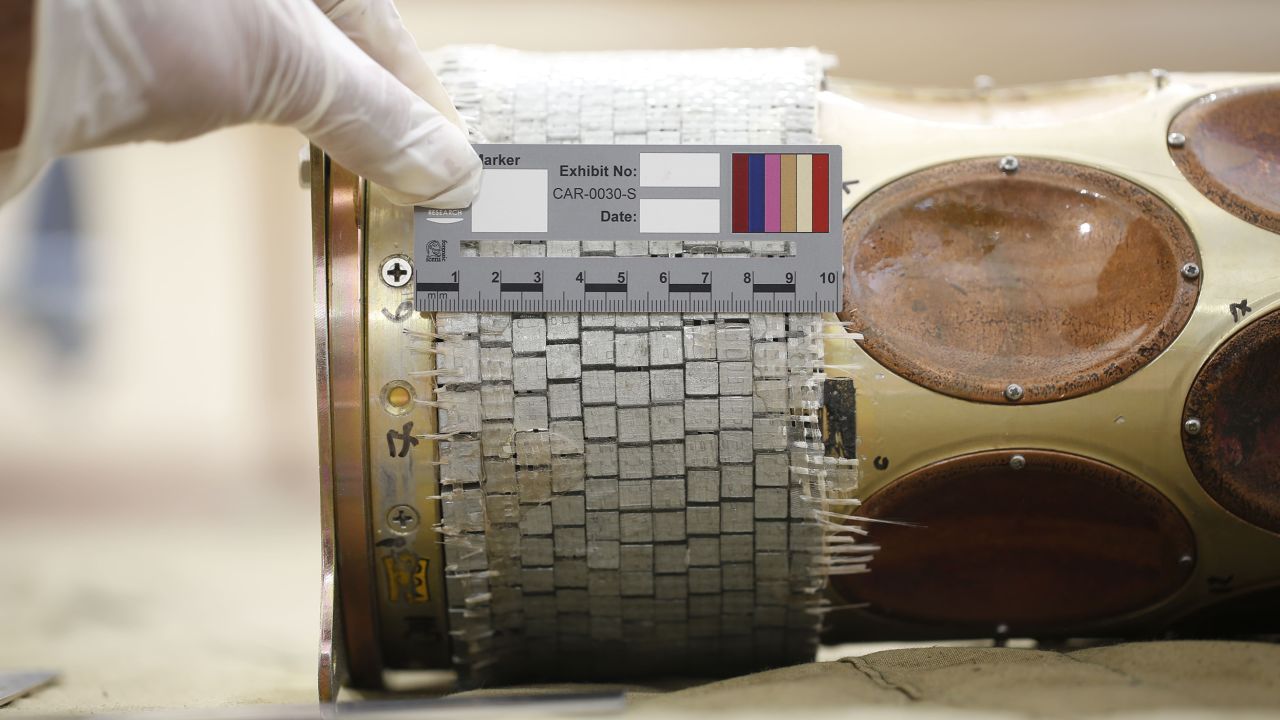
As Defense Express reported, The UK Defense Intelligence Discovered the Route for Large Deliveries of Iranian Kamikaze Drones to russia.
Read more: How Many Shahed Type kamikaze Drones Did the russians Launch over Ukraine in 10 Months




